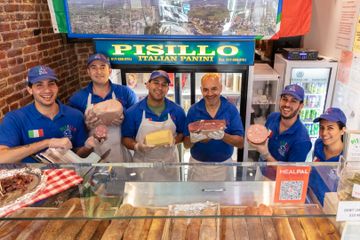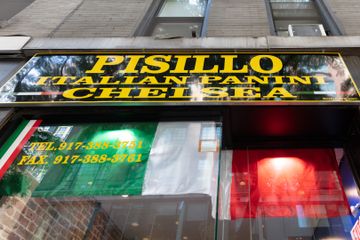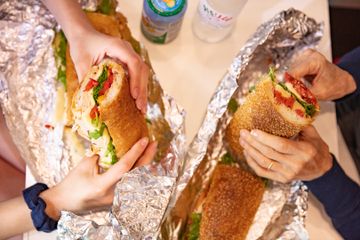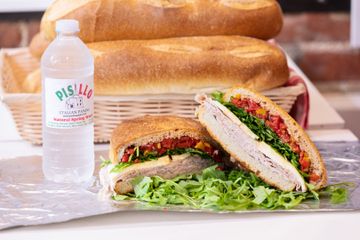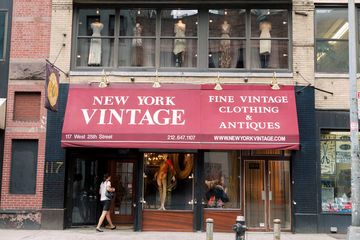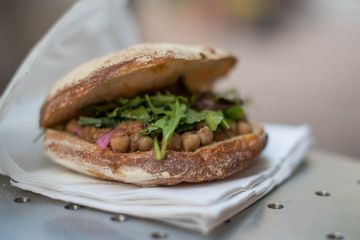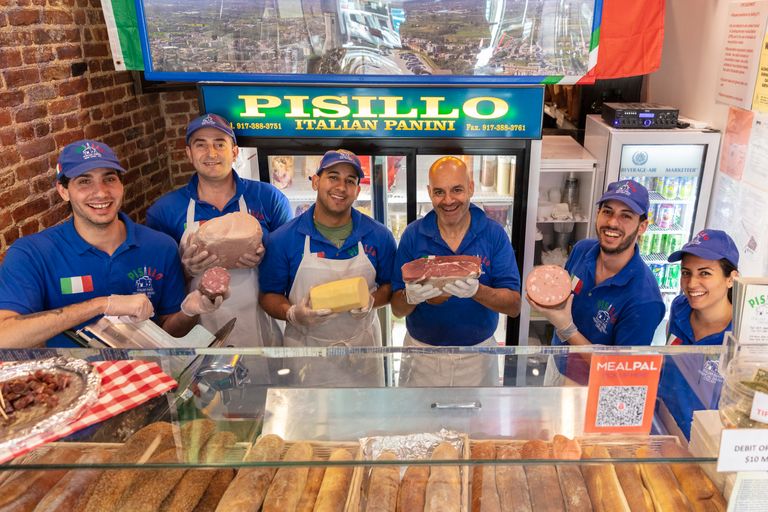
“Probably, it is too big,” says Vincenzo, a solemn expression on his face. This is Pisillo, purveyors of fine panini sandwiches, in its second petite location. Pisillo is Italian from back to front, importing everything - including the handsome young men and women assembling the paninis - from the old country. The weighty sandwiches are studies in the perfection of simplicity, a perfection which begins and ends in the ingredients: bufala mozzarella, parmacotto, prosciutto, speck, artichokes, sun-dried tomatoes and bright-tasting olive oil. “Everything comes from Italy,” says Vincenzo. “It tastes better...I don’t know what it is, maybe what the animals eat.”
Indeed, Pisillo, itself, is a story of Italian transplantation. Vincenzo, who oversees the new Chelsea shop, was born in NYC, but went to live in Italy with his parents at age seven. When he returned as a grown man, things had changed: “The first thing I noticed [when I came back to America] is nobody playing in the streets in the nighttime. There were no kids outside anymore.” The Italian community, on the other hand, is good-naturedly stuck in the past. “[Italians] remain with tradition...when they came here in the 50s, they stopped time.” Having worked in tile flooring, then restaurants, coming to own his own pizzeria back in Italy for a period, Vincenzo exudes fulfillment. “I did my little steps.”
Thanks to a Juventus Jersey, a chance meeting between Carmelo and Antonella - Pisillo’s founders - and Vincenzo developed into a business venture and lifelong friendship. “We are not like friends, we are like family,” he stated, adding: “But this is their story.”
Vincenzo also worked in construction, and still carries a contractor’s keen sense of what makes a good location: “We feel good about our side street location...there’s a lot of people on the avenue.” A tall boxy storefront opening onto the street, Pisillo is little more than a counter, a couple of high-chairs, and a blown-up photo of Montesarchio, Italy. Soft blues, yellows and whites provide a welcome respite from the outside grey.
The sandwiches are each named after an Italian city, with the “New York” (roasted chicken breast, fresh mozzarella, hot peppers, arugula, lemon dressing) being half an exception. Pick your city, pick your bread - the soft focaccia is a favorite of both diners and employees - and the sandwich is assembled. Unadorned and un-grilled, the paninis allow the fresh ingredients to charm the palate individually. They are also weighty enough to challenge anyone with a Manhattan-length lunch break to finish them in one sitting, but there are no plans to scale back the grandeur. “If you reduce it, you’re gonna become a regular sandwich,” says Vincenzo, “This is what makes you special. Everybody says, this is really big, and this is really good.”
